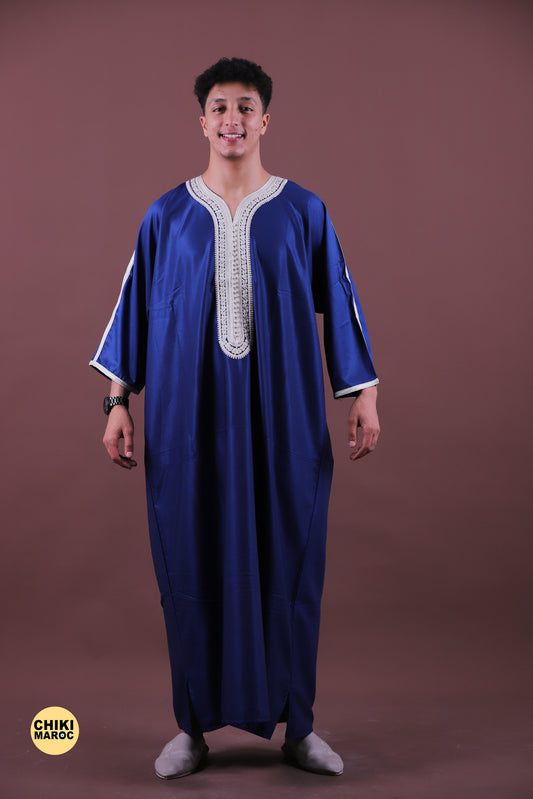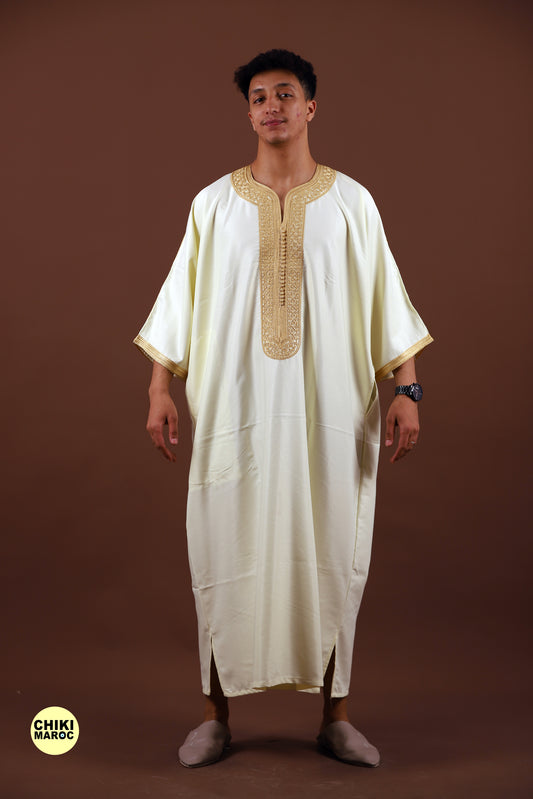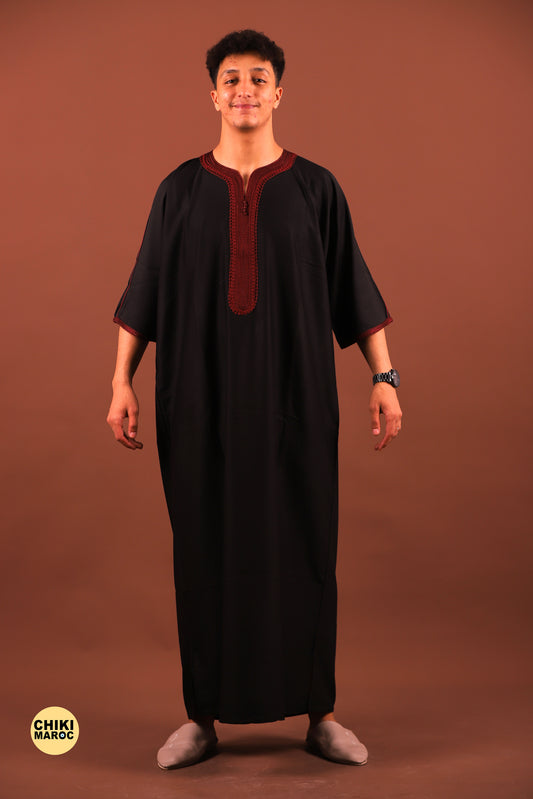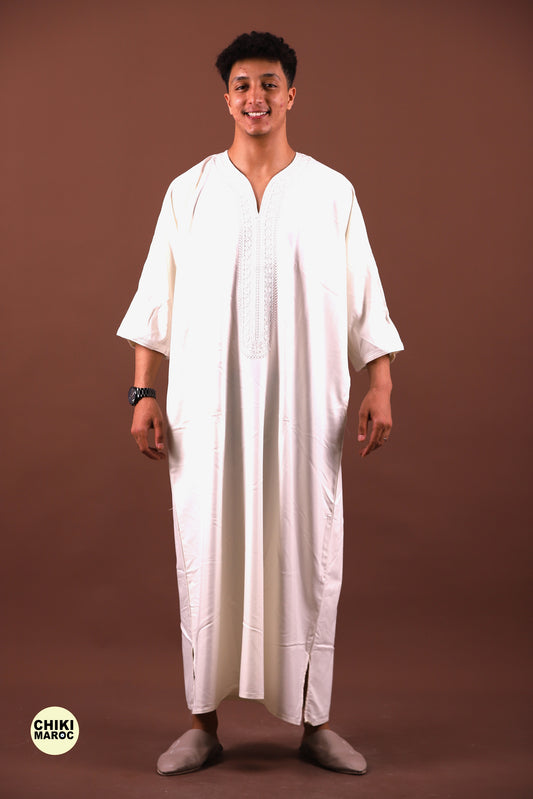Arabic dress for women encompasses a rich tapestry of styles and garments that reflect both cultural heritage and modern fashion trends. From the iconic Abaya to the intricate designs of the Kaftan, these garments play a significant role in defining identity, modesty, and cultural pride within Arab societies. This article explores the various traditional dresses worn by women in Arabic culture, shedding light on their meanings, styles, and historical roots.
Understanding Modesty in Arabic Dress
Modesty is a cornerstone of Arabic culture, and traditional attire for women reflects this value through loose-fitting garments that cover the body appropriately. This attire not only adheres to religious teachings but also serves as a cultural marker of respect and dignity.
The Abaya: Symbol of Modesty and Elegance
-
Definition: The Abaya is a loose-fitting, full-length outer garment worn by women in many Arab countries. It typically covers the entire body except for the face, hands, and feet.
-
Symbolism: For many Arab women, the Abaya symbolizes modesty and piety. It is often worn over regular clothing and can vary in design from simple black to more elaborate styles with embellishments and embroidery.
The Kaftan: Elegance and Tradition
-
Definition: The Kaftan is a long robe with wide sleeves, worn by women in various Arab and North African countries. It is known for its flowing design and ornate decorations.
-
Cultural Significance: Historically, the Kaftan was worn by royals and aristocrats, and today it remains a symbol of cultural pride and femininity. Modern Kaftans blend traditional craftsmanship with contemporary fashion trends, making them popular for special occasions and formal events.
Contemporary Styles and Influences
Arabic dress for women has evolved over time, influenced by global fashion trends and regional preferences. While traditional garments like the Abaya and Kaftan remain popular, modern interpretations often incorporate elements of Western fashion, such as designer cardigans and maxi dresses, reflecting a fusion of cultural heritage and contemporary style.
Conclusion: Embracing Tradition and Diversity
In conclusion, the Arabic dress for women encompasses a diverse range of styles and garments that reflect cultural heritage, religious values, and personal expression. From the timeless elegance of the Abaya to the intricate designs of the Kaftan, these garments serve as symbols of modesty, cultural pride, and identity within Arab communities worldwide.




